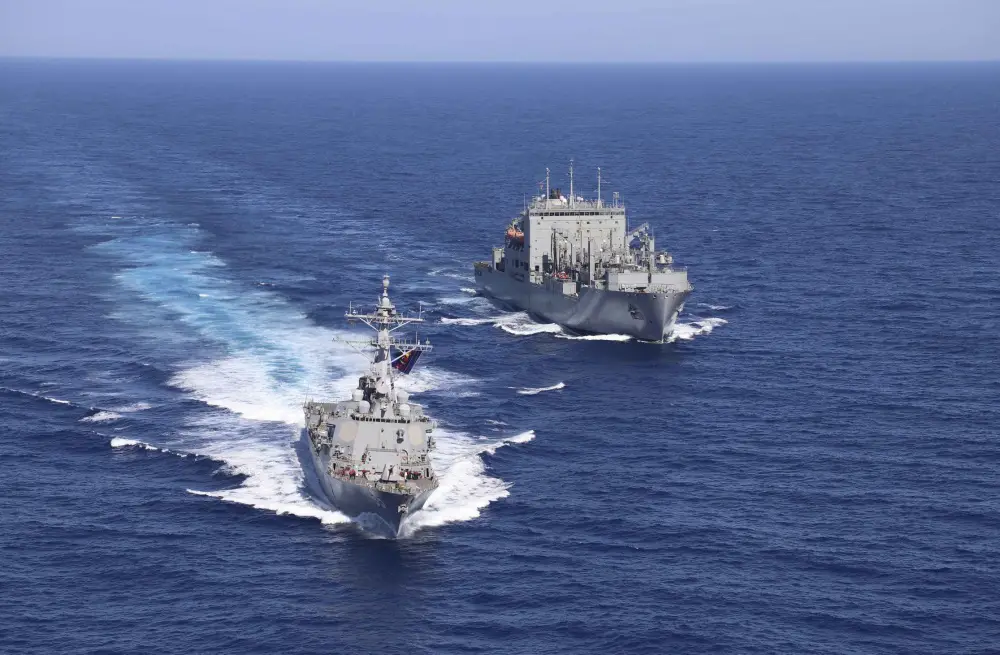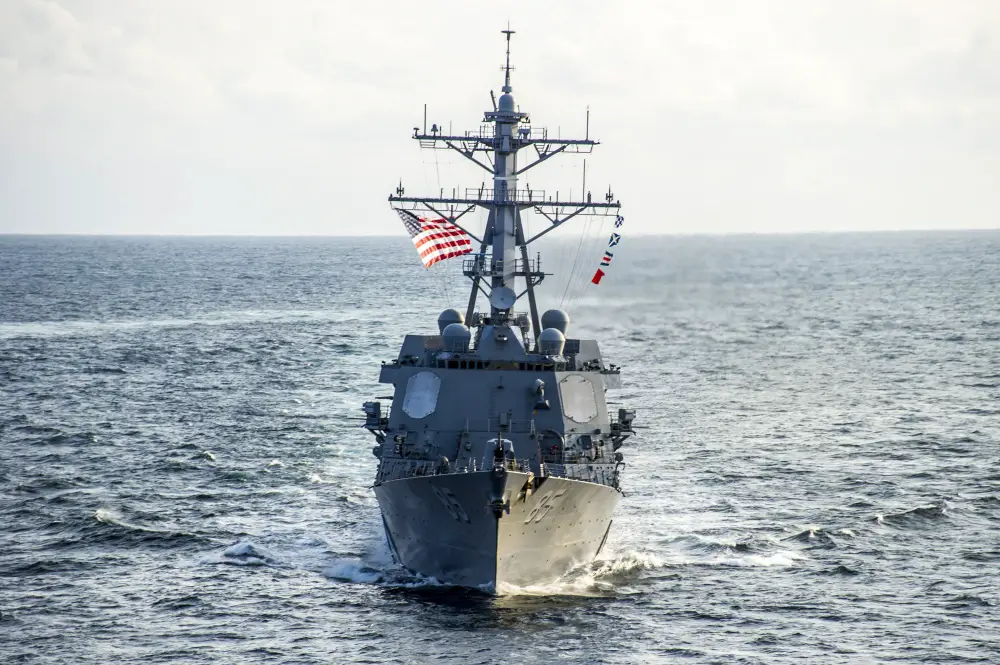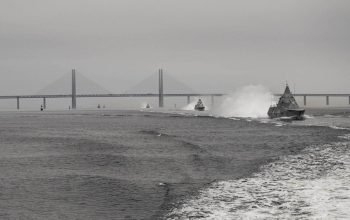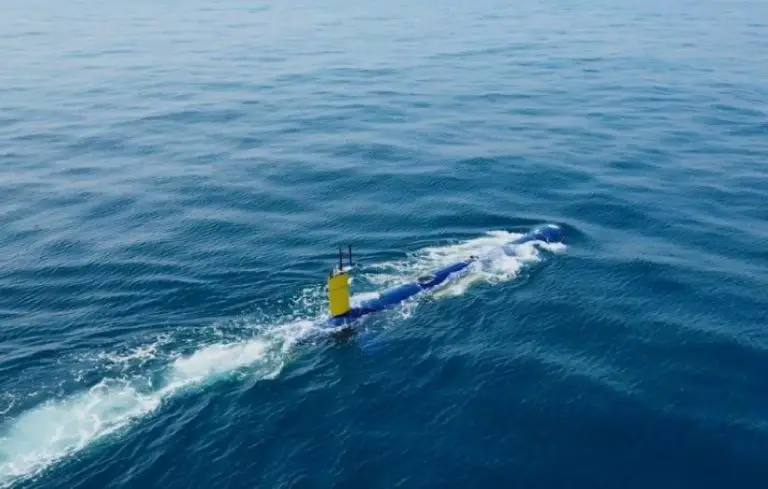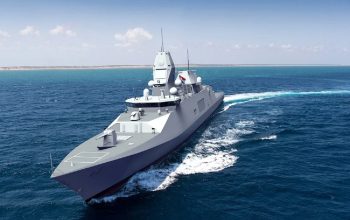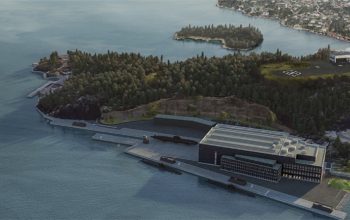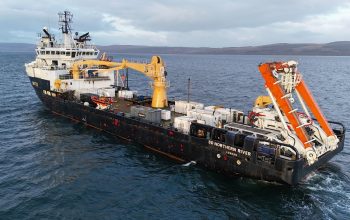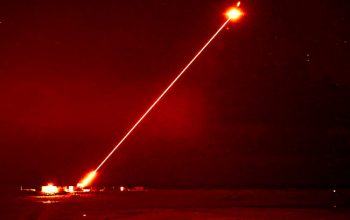The guided-missile destroyer USS McCampbell (DDG 85) departed Yokosuka, Japan, July 2, for Portland, Oregon, to complete a scheduled a 17-month Depot Modernization Period (DMP). These forces, along with their counterparts in the Japan Self-Defense Forces, make up the core capabilities needed by the alliance to meet our common strategic objectives. The United States values Japan’s contributions to the peace, security, and stability of the Indo-Pacific and its long-term commitment and hospitality in hosting U.S. forces forward-deployed there.
The security environment in the Indo-Pacific requires that the U.S. Navy station the most capable ships forward. Maintaining a forward-deployed naval force capability supports the United States’ commitment to the defense of Japan and the security and stability of the vital Indo-Pacific region. This posture allows the most rapid response times possible for maritime and joint forces, and brings our most capable ships with the greatest amount of striking power and operational capability to bear in the timeliest manner.
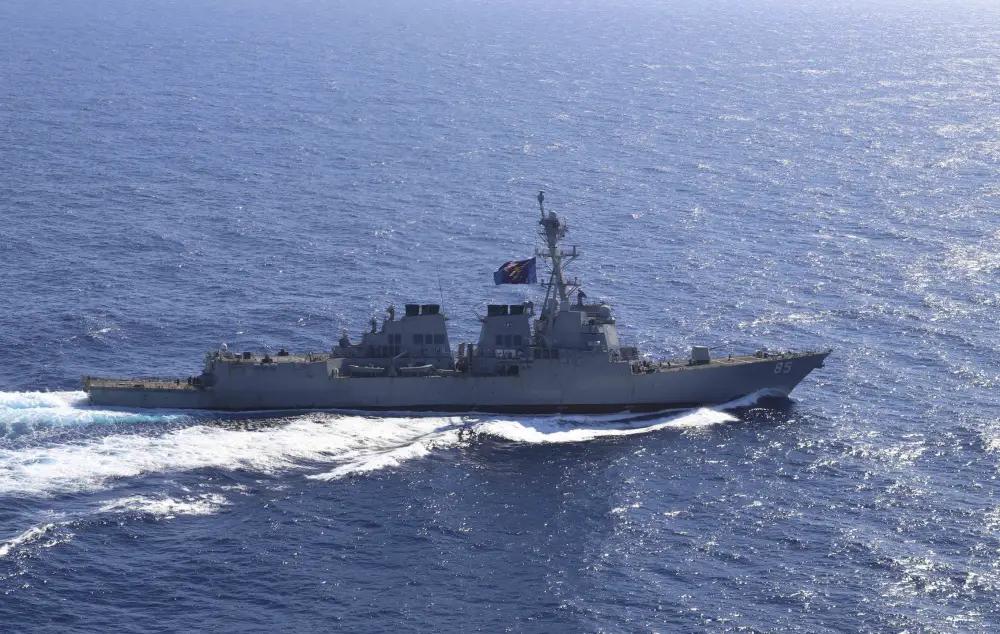
USS McCampbell is an Arleigh Burke-class destroyer in the United States Navy. She is named in honor of Naval Aviator Captain David S. McCampbell, a Medal of Honor and Navy Cross recipient who was the Navy’s leading ace in World War II. USS McCampbell was the 20th ship of this class to be built by Bath Iron Works at Bath, Maine, and construction began on 16 July 1999. She was launched and christened on 2 July 2000. On 17 August 2002, the commissioning ceremony was held at Pier 30 in San Francisco, California. McCampbell operated in the Indo-Pacific while assigned to Destroyer Squadron (DESRON) 15, the Navy’s largest forward deployed DESRON and the U.S. Seventh Fleet’s principal surface force.
The guided-missile destroyer has a displacement of 9,200 tons, a length of 509 ft 6 in (155.30 m), a beam of 66 ft (20 m) and a draft of 31 ft (9.4 m). The warship is propulsed by 4 × General Electric LM2500-30 gas turbines and can reach a maximum speed of 30 knots (56 km/h; 35 mph). The armament comprises of 1 × 5 inch (127 mm)/62 caliber Mk 45 Mod 4 naval gun, 2 × 25 mm Mk 38 Autocannons, 4 × .50 cal (12.7 mm) machine guns, 1 × 20 mm Phalanx CIWS, 2 × Mk 32 triple torpedo tubes for Mk 46 torpedoes and 96-cell Mk 41 VLS for RIM-66 Standard Missile 2, BGM-109 Tomahawk, RUM-139 VL-ASROC missiles.
